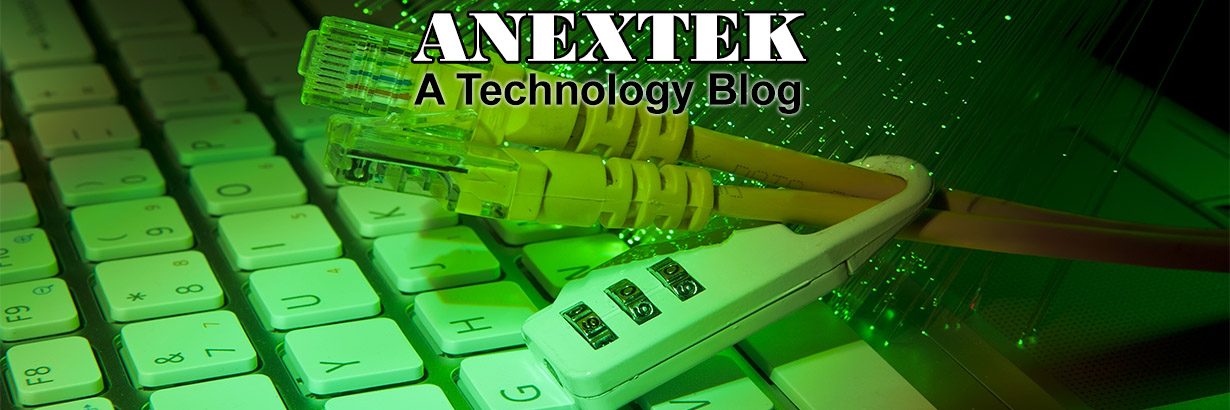While most folks thought that Google wanted to change the way users’ access Web-based video through its WebM technology, its new WebP graphics format for still images has really put that notion to rest. In recently announcing this new still image format, it seems as if Google (much like Microsoft with its JPEG XR) has an uphill climb in convincing people to switch to this format from the one that is most widely used these days: the almighty JPEG.
But does the WebP graphics format stand a chance?
According to latest reports, this format cuts image file sizes by 40 percent in comparison to the popular JPEG format. Thanks to this attribute, faster file transfers and lower network burden are distinct advantages that people will be able to enjoy if they so opt to use this format.
Even though the WebP and the JPEG still image formats are very similar to each other (they’re both “lossy” formats), the former has not yet been accepted by every picture editing software, Web browser or even digital cameras much like the JPEG has been.
But despite the daunting challenge ahead, this initiative which falls under the broad umbrella of “making the Web faster”, is considered a promising one, as 65 percent of bytes from the Web are from still images.
And since almost all of Google’s products and services are geared for the World Wide Web, it isn’t surprising that they are taking the fight to the JPEG format by promoting the WebP format over the internet, in asking other browser vendors to support this image format.
